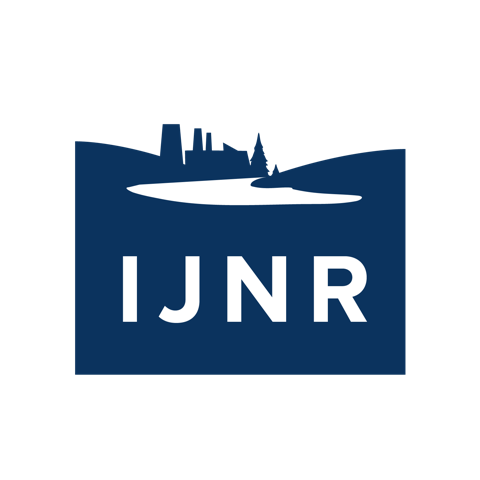Virtual Workshop:
Ocean + Climate in Alaska
February 23 + 24, 2022
No place in the United States feels climate change more than Alaska, where record-breaking warm temperatures fuel a host of impacts. These changes reverberate especially across Alaska’s 1.5 million square miles of ocean, where an increase in water temperatures and decrease in sea ice cover affect a remarkable diversity of life. Crustaceans, fish, seals, sea birds, walruses, whales and more all call the waters off Alaska home – as does a fishery that produces more than half the fish caught off the U.S. coast each year. Not only does Alaska’s fishery generate $4.5 billion in economic activity, it is also a crucially important food source to Indigenous communities.
On Feb. 23-24, 2022, IJNR hosted a two-day online workshop exploring how climate change is impacting the waters of Alaska and how Indigenous communities, state agencies and federal scientists are working to protect this bountiful resource. Topics include:
The loss of Bering Sea ice cover and resulting ecological impact.
Shifts in fish distributions as species follow warming waters north.
Attempts to manage a rapidly changing fishery and its unpredictable future.
Efforts to include Indigenous representation in state and federal decision-making.
Alaska’s salmon runs and what’s behind the current abundance in Bristol Bay and scarcity in the Yukon River.
The Pribilof Islands Marine Ecosystem Initiative, an Indigenous-led effort to establish a co-managed marine area in the Bering Sea.
The privatization of Alaska’s commercial fishery and what it means for the future of small-boat fishermen.
A bipartisan attempt to better address by-catch in Alaska’s lucrative commercial fisheries.
Participating Journalists
Itinerary
Post-Workshop Stories
Session Recordings
This workshop was made possible by support from The Gordon and Betty Moore Foundation.
IJNR maintains editorial independence and control in all of its programming and decision-making.
